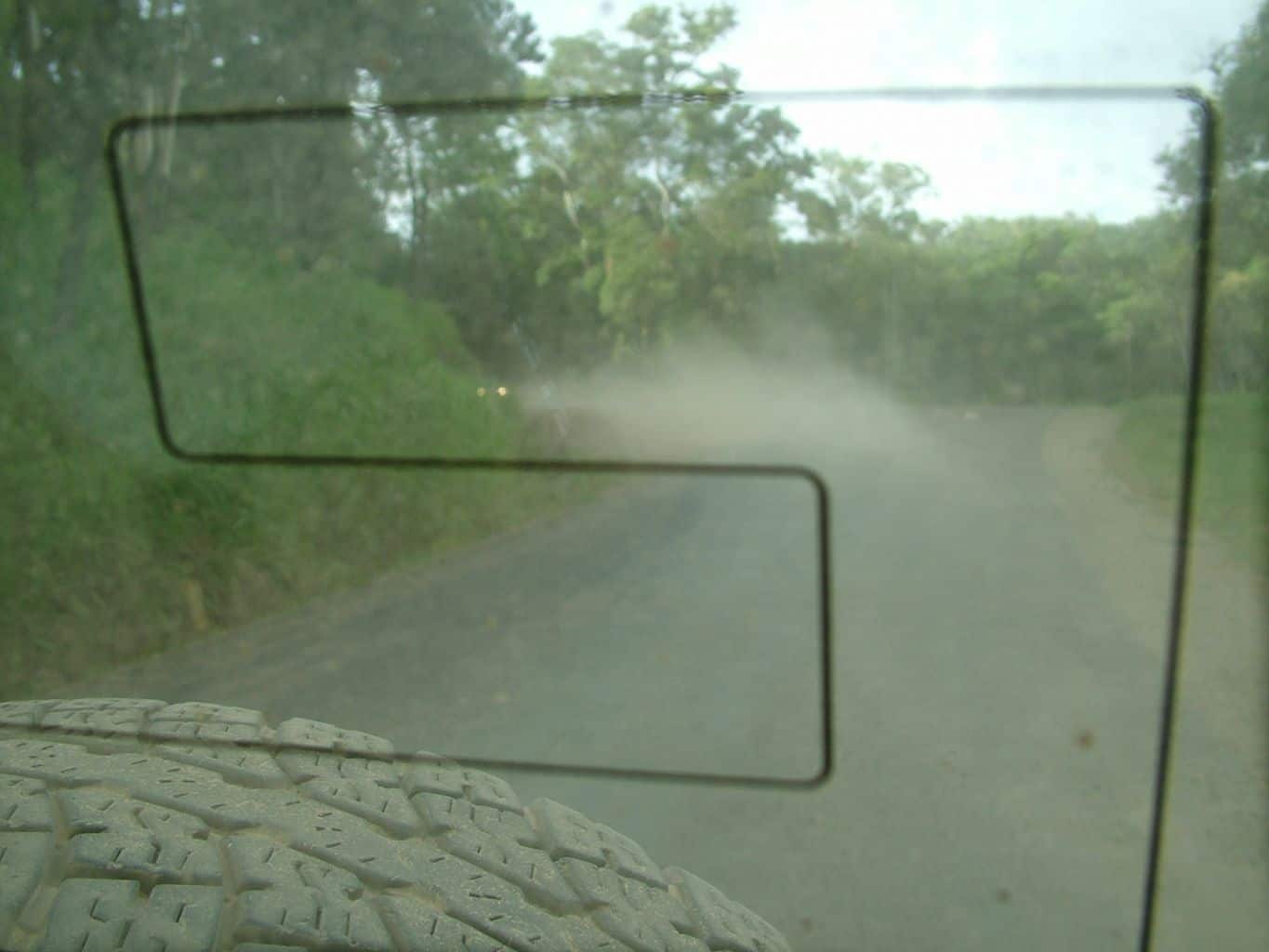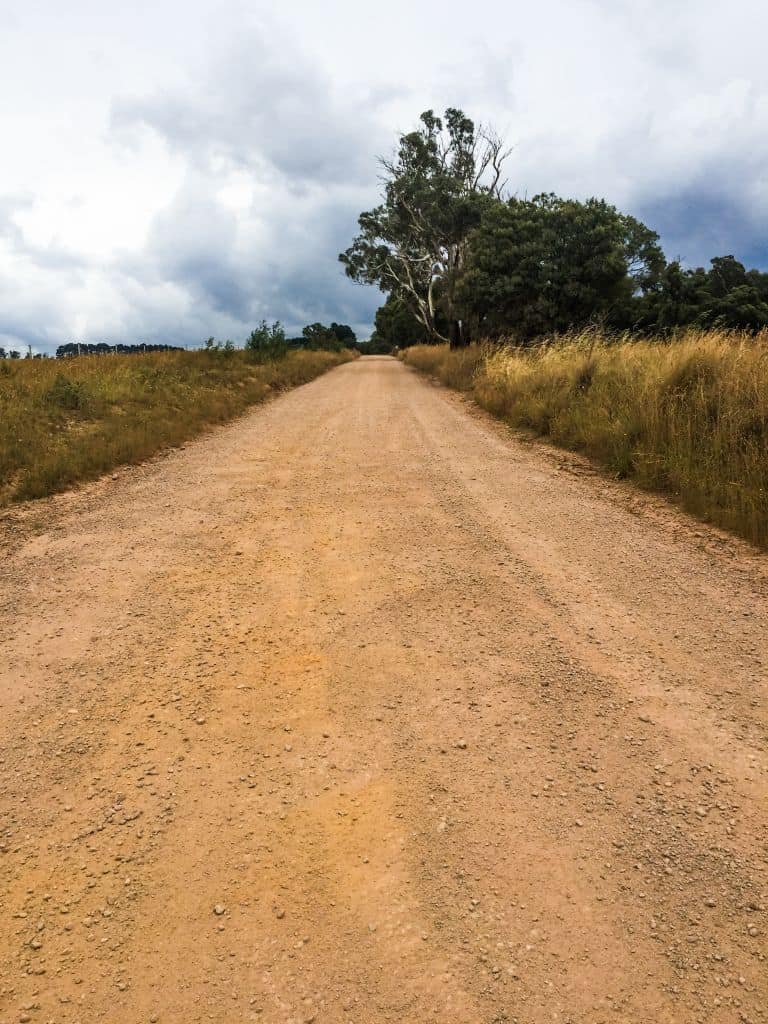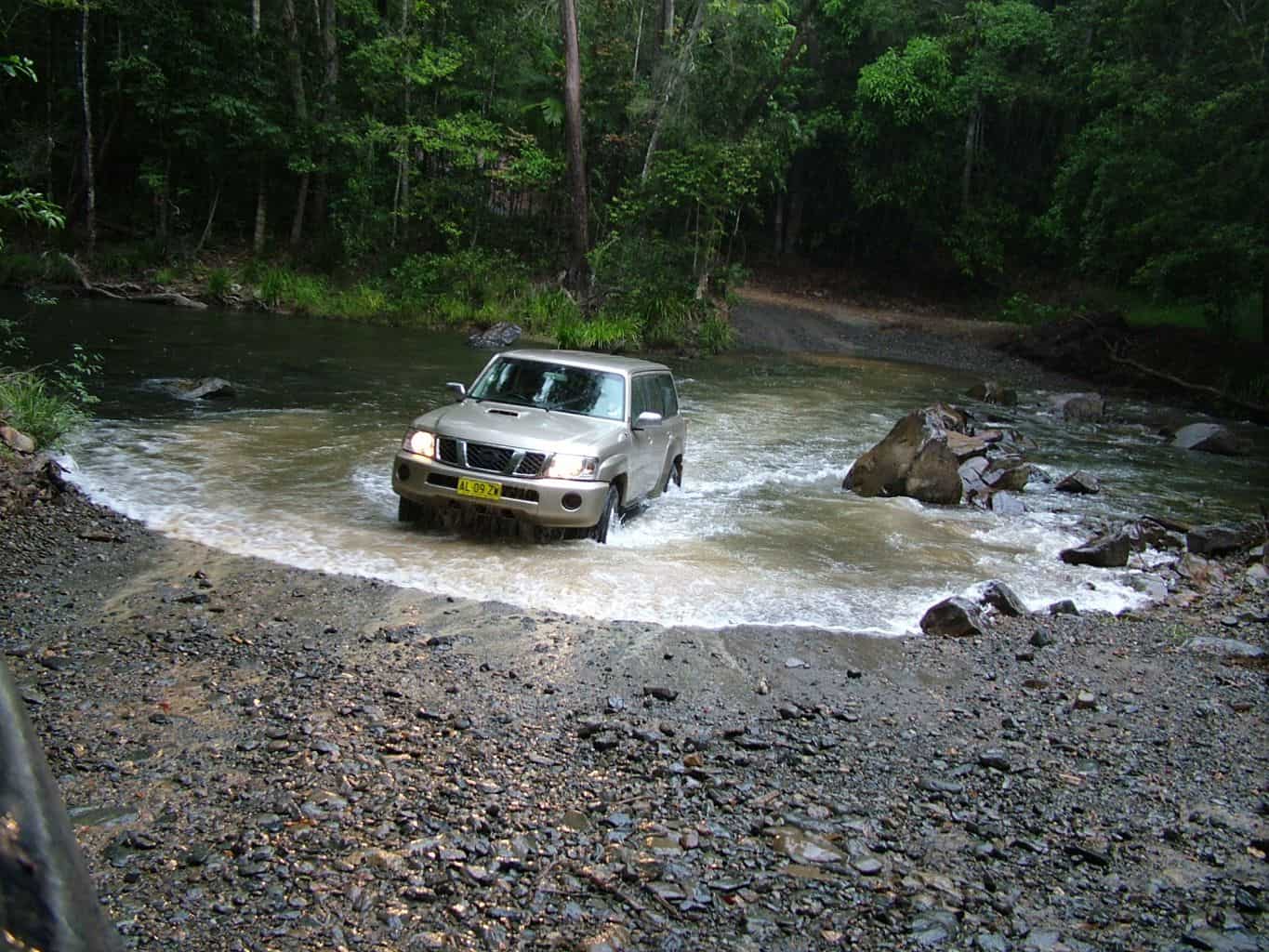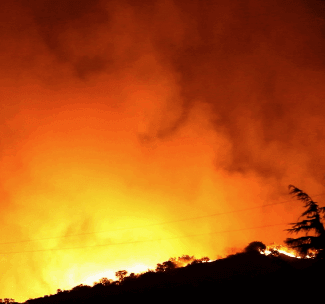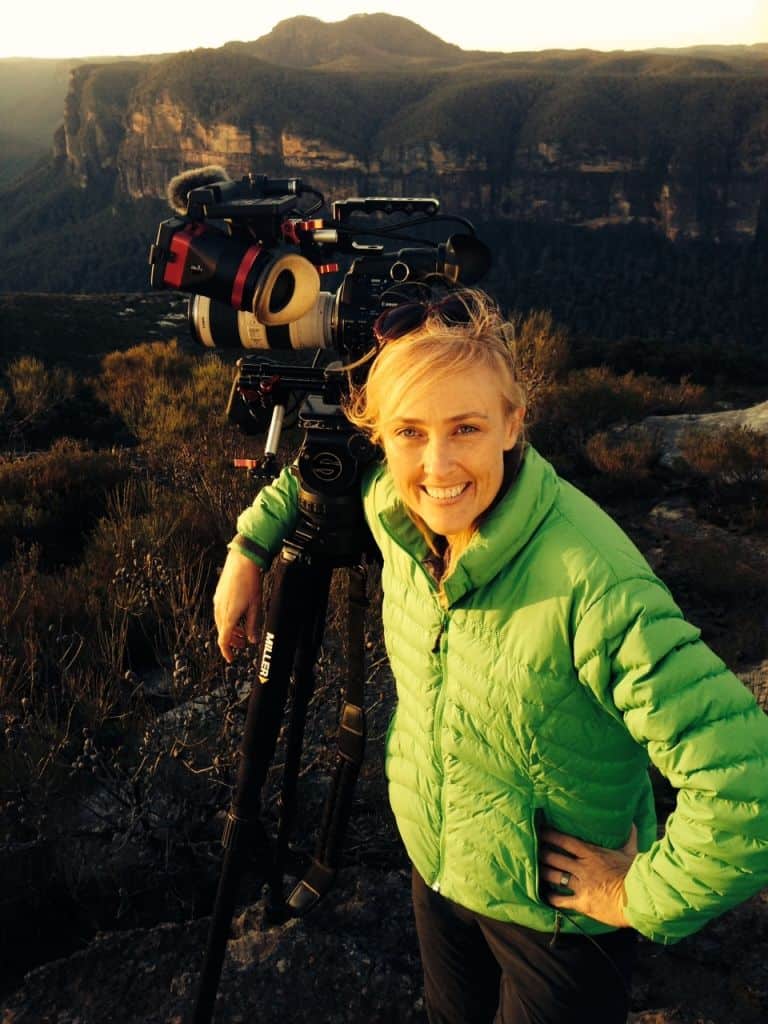Do you remember that feeling when you learnt to drive? Everything was new and your senses were heightened. Then, over time, something happened and the art of driving became automatic. Heck, you didn’t even need to think about it anymore. Everyday we get in our cars and head out onto roads without giving our technique a second thought. But recently (I won’t go into it here 🙂 – except to say, I believe in miracles) I was forced to think long and hard about the techniques for driving on dirt roads.
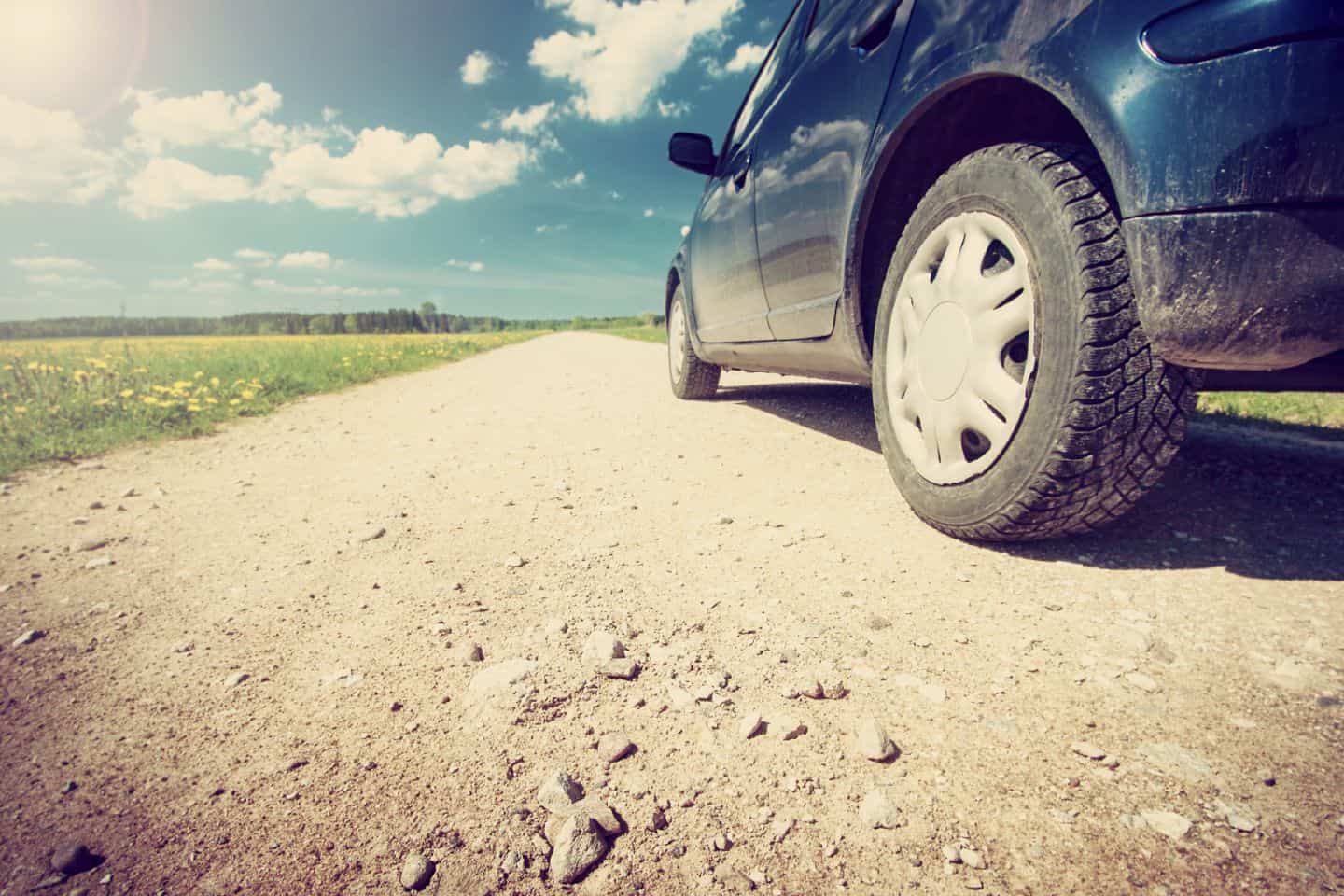
For those of us who head out into the wilderness, we’ll generally use our cars to get to track and trailheads and many of those are on dirt, gravel or corrugated roads. It’s on country roads that wildlife can also prove to be, well temporary, with many kangaroos (replace with local wildlife as necessary… deers, elk, rabbits, etc) trying their hand at kamikaze pedestrian techniques.
When the rubber hits the road (or dirt!) I realised I really needed more info on how to make driving on dirt roads safer. So I asked two mates of mine (Compton and Martin), who are expert 4WDers, for their top tips to keep us safe.
Tips for Driving on Dirt Roads
- Assume that there is an object (vehicle, tree, animal) lurking on every corner you can’t see around, so be prepared to make room and/or stop.
- Don’t just look ahead, but up as well so you have the best chance of seeing things as early as possible.
- It is too easy in modern comfortable and quiet vehicles to drive too fast for conditions;
“A farmer out near Tarago (close to Bungonia) used to drive on dirt at 100KPH. He hit a roo and had to buy a new ute. He slowed down to 80 KPH with the new ute, hit a roo and had to buy another new ute. He now drives at 60 KPH and still has his 3rd ute. He gets there slower but doesn’t have to keep buying new utes.” - [If you start to lose traction…]Very gentle steering can work, aim to gently drive around the object.
- Swerving/aggressive steering will likely end in a mess.
- Very gentle braking can be OK…
- …Heavy braking will likely end in a mess.
- Swerving and braking together will almost certainly end in a really big mess.

- Only heavily brake when all hope is lost and you want to wash off as much speed as possible.
- Look where you want to go, not at what you are going to hit. Your arms tend to follow your vision so looking at the tree increases your chances of hitting the said tree. Look at the gap, smaller tree etc. Drive through a fence if it is the most open option.
- You are probably better off hitting the roo rather that making a mess of avoiding it and hitting the tree, landing in a ditch etc.
- Enrol in an advanced driving course, they are fun and you will pick up some good hints.
- One day a week on your commute to or from the shops/work etc imagine there is a police officer in your car with an endless book of traffic infringement tickets. At the end of the trip count up how many tickets you would have. This reminds you to always drive within the law and creates a good safety habit. Self assessment is fun as well.
- Don’t follow another vehicle closely and so be hidden in it’s dust. Oncoming vehicles may not see you.
- Some roads may be heavily corrugated. Corrugations can play havoc with steering and braking. Less speed is better.
- Do assume that any and all animals that you encounter on any road will instinctively head towards you. Drive past them slowly.
- Do slow down for oncoming vehicles and move to the left as far as it is safe to do. This will reduce broken windscreens, paint chips and dust.
- Do have your headlights on at all times. Be seen.
- Do use your horn on corners where it is difficult to see if anyone is coming. Have your window down so you can hear anyone oncoming. Do not sound your own horn continuously as this will prevent you from hearing others.
- If the dirt road experience will last for hours and the road is rough, consider dropping your tyre pressures to give a smoother ride and better grip. Dropping them by 20% from your normal pressures would be a general guide. Points no 4, 5, 7 and 8 will become super important with lower pressures. (And don’t forget to put them up again!)

- Do approach all water crossings with care. Walk through them first. Plan your route. Never, ever attempt to cross a fast flowing stream/river which is higher than the floorpan of your vehicle. Never. Just wait.
- Always treat water crossings with utmost caution (did I say that already?).
- At night, everything in all the previous points becomes worse. Kangaroos especially will attempt to become more familiar with you. The only thing that gets better is your ability to see oncoming vehicles.
Compton and Martin have a combined 73 years of 4wding experience at a technical level and are members of the Toyota Landcruiser Club of Australia (TLCC), WICEN and NSW SES Bush Search and Rescue.
The TLCC offers free off-road driving courses for club members designed to increase their skill and expertise in a driving their vehicles under a variety of off-road conditions. These are accredited courses, so if you’re interested, you may wish to look at membership with them.

